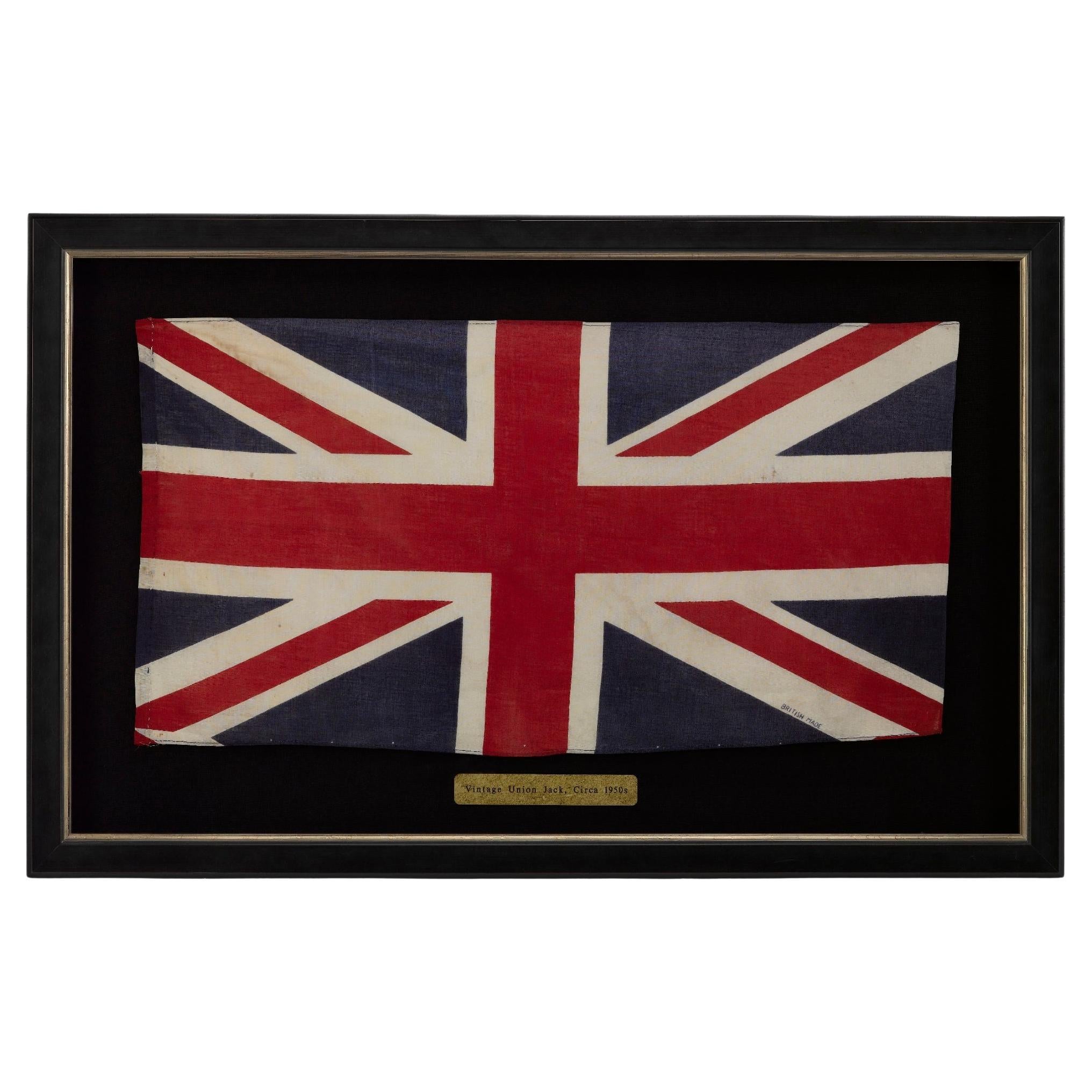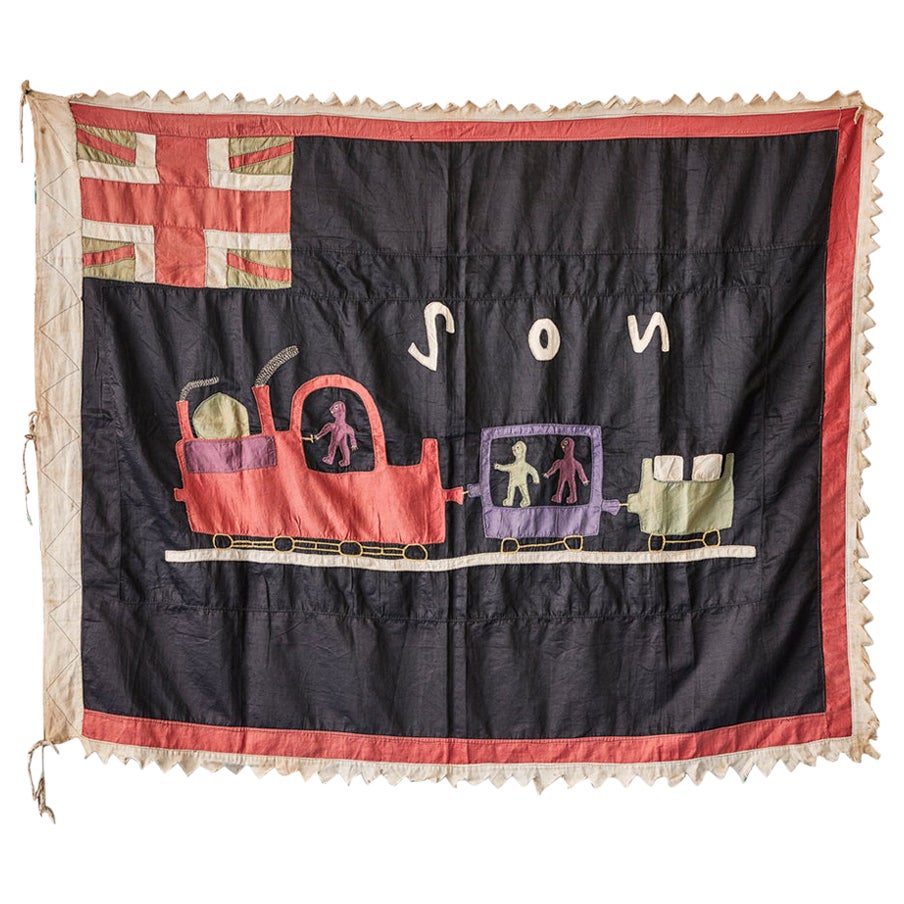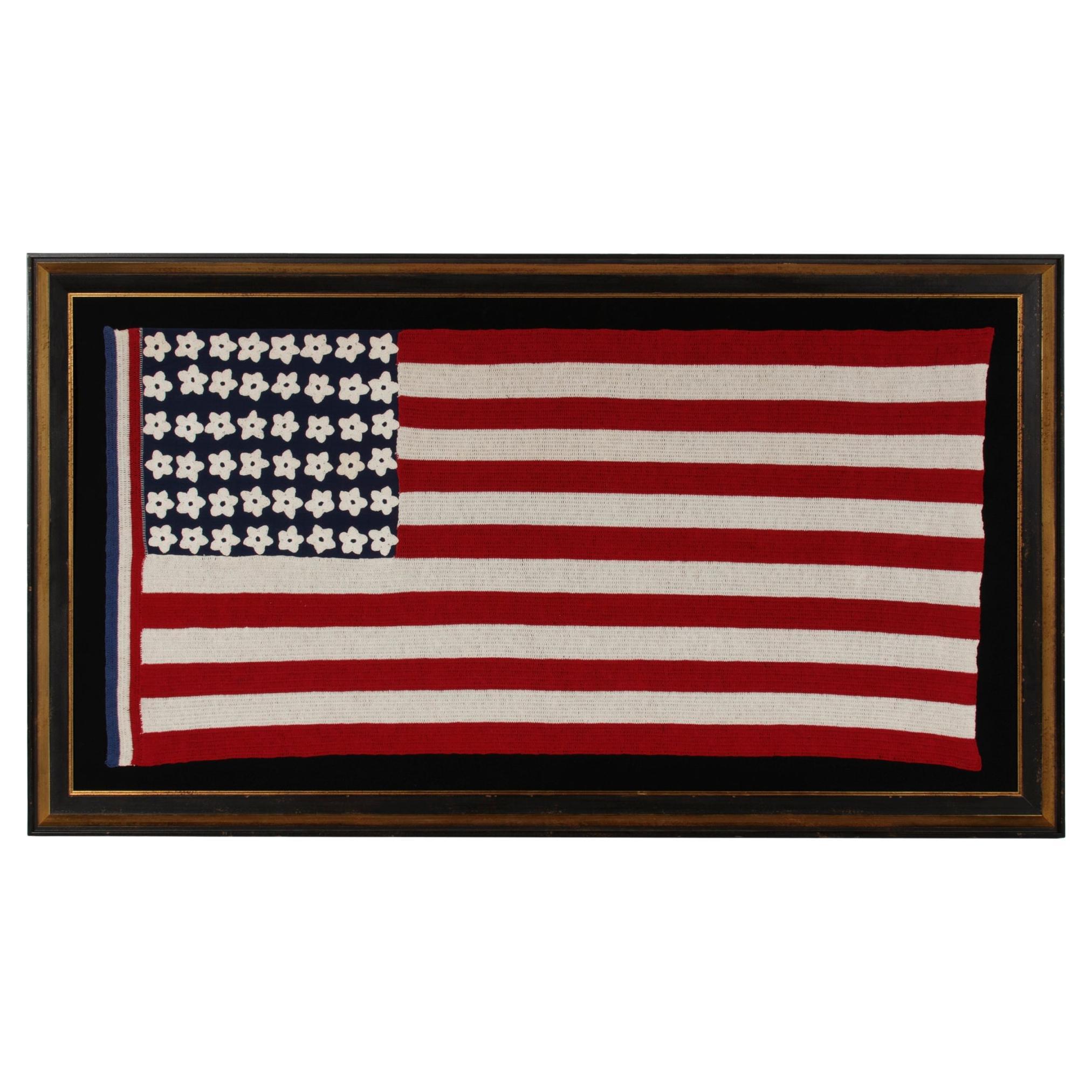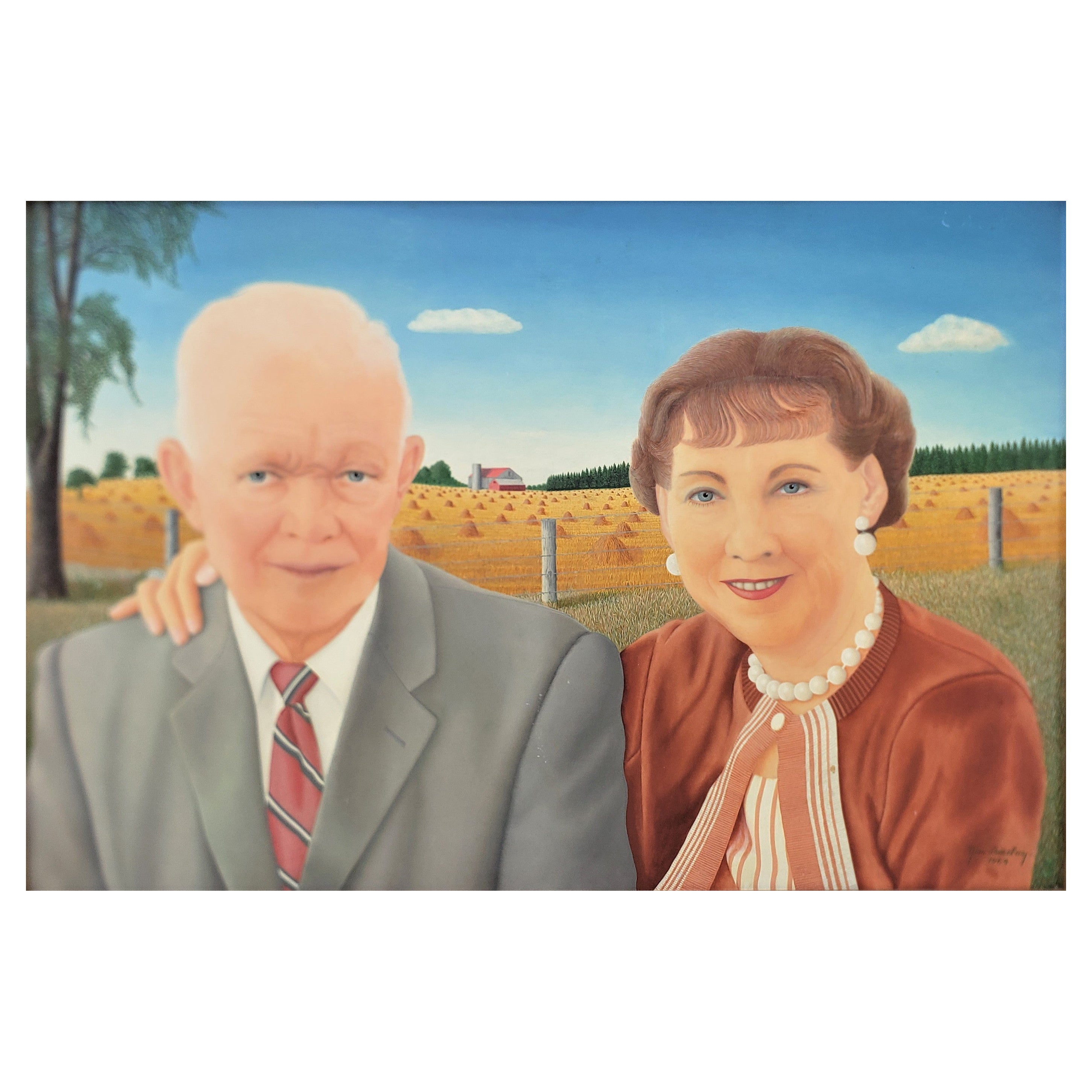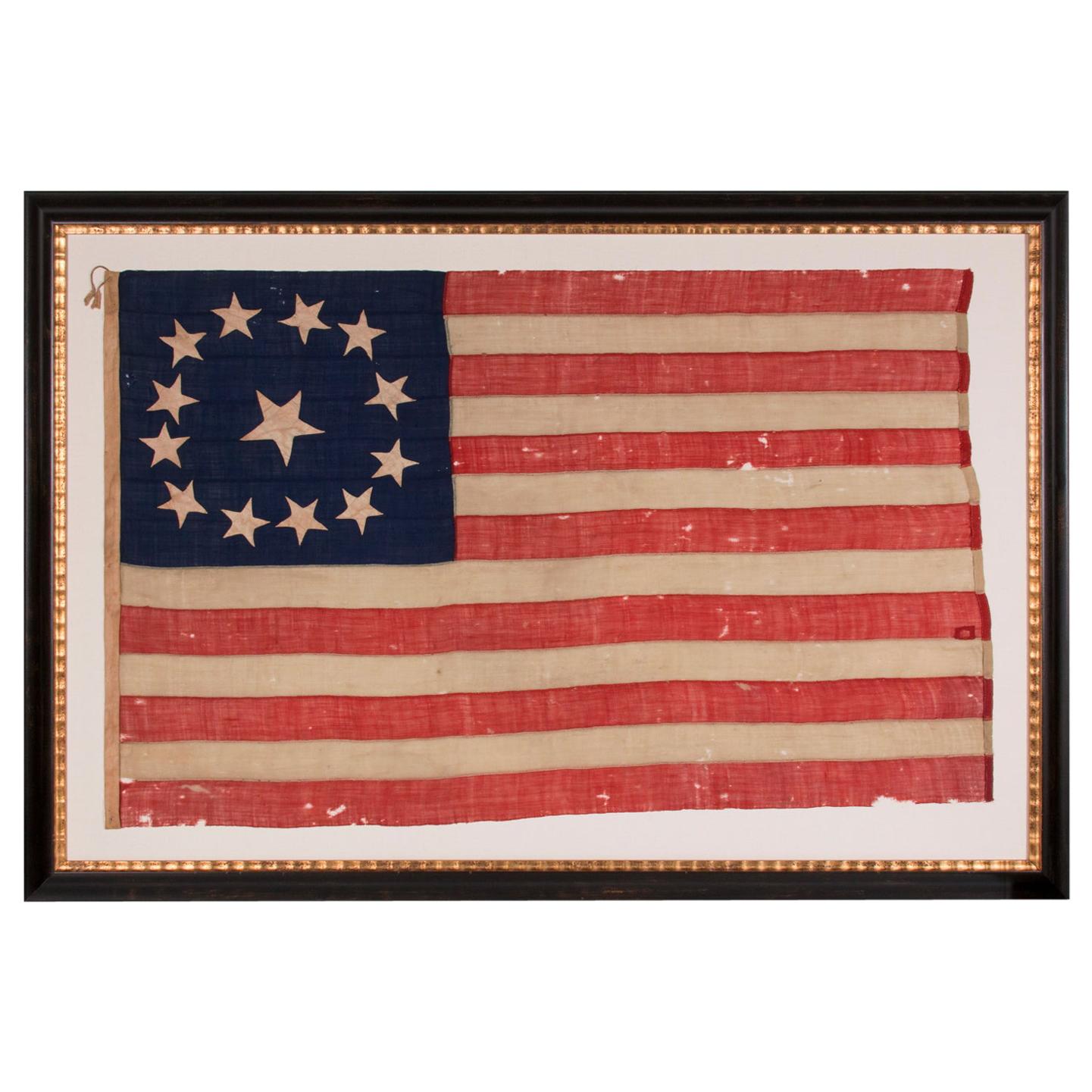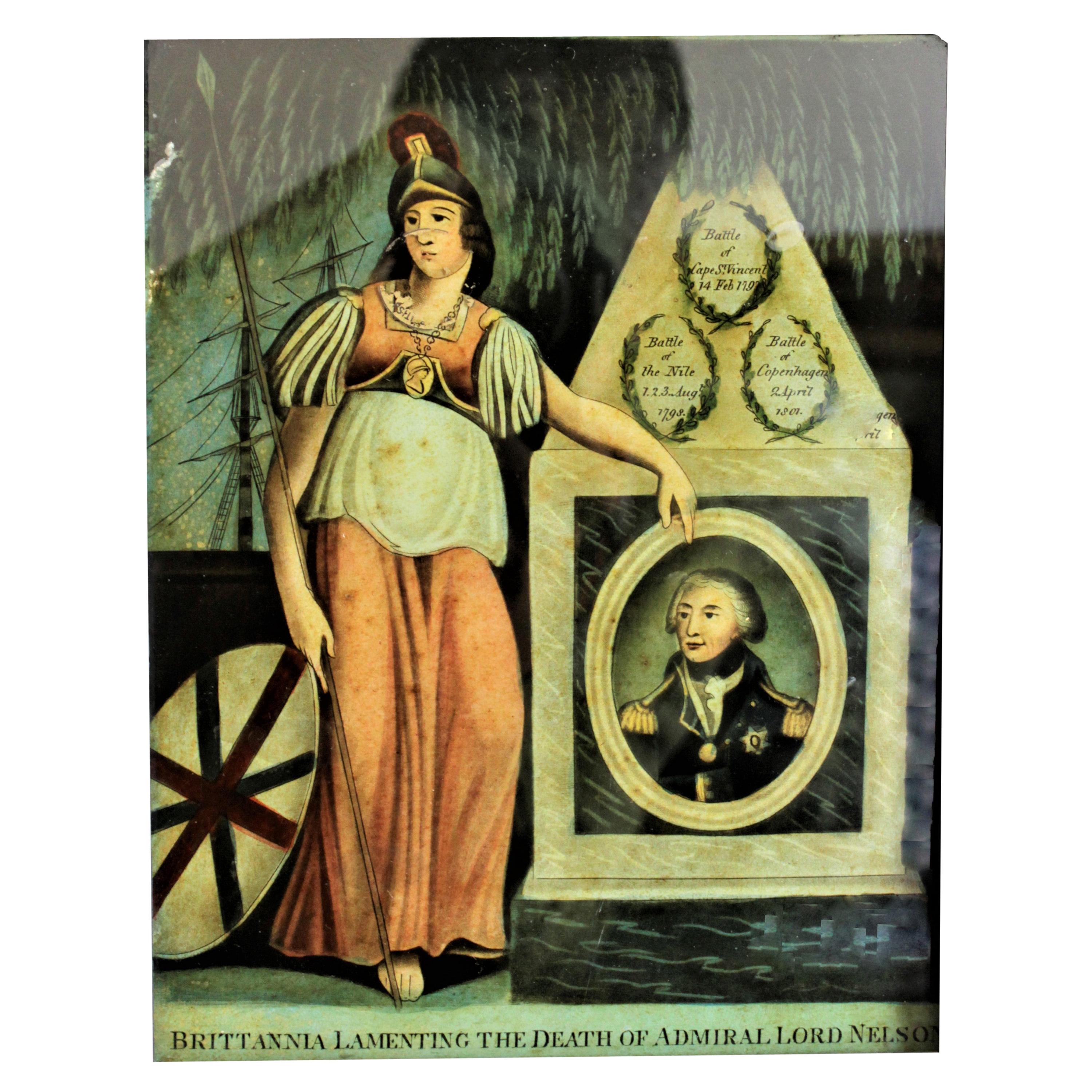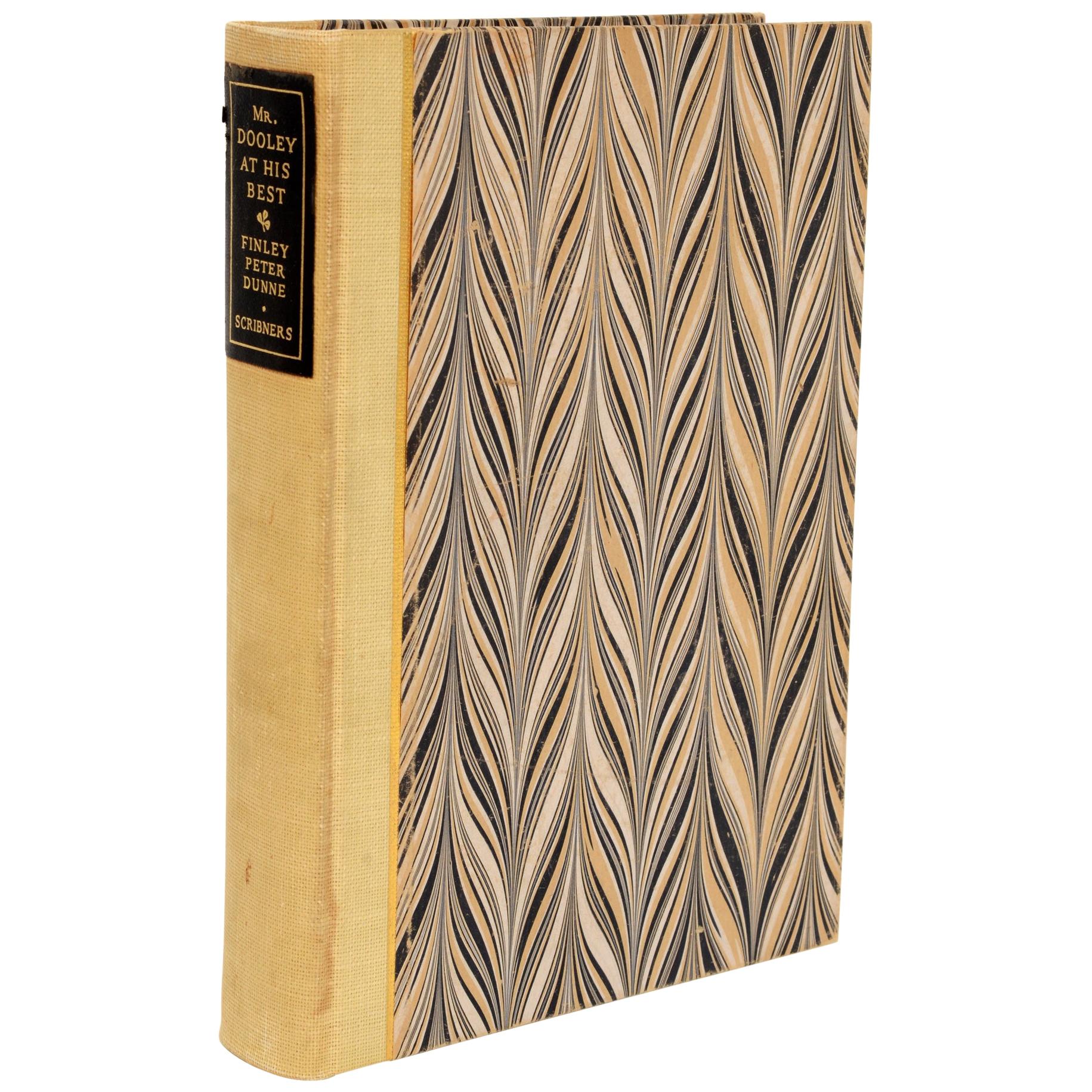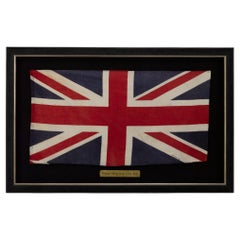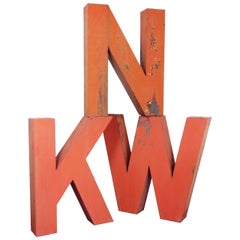
"Machinists at Work, " Soviet-Era Czech Panel, circa 1950s
View Similar Items
Want more images or videos?
Request additional images or videos from the seller
1 of 7
"Machinists at Work, " Soviet-Era Czech Panel, circa 1950s
About the Item
- Dimensions:Height: 11.5 in (29.21 cm)Width: 11.5 in (29.21 cm)Depth: 0.5 in (1.27 cm)
- Style:Art Deco (Of the Period)
- Materials and Techniques:Aluminum,Painted
- Place of Origin:Czech Republic
- Period:
- Date of Manufacture:circa 1950s
- Condition:
- Seller Location:Philadelphia, PA
- Reference Number:1stDibs: U1002018651193
About the Seller
5.0
Vetted Seller
These experienced sellers undergo a comprehensive evaluation by our team of in-house experts.
Established in 2005
1stDibs seller since 2009
394 sales on 1stDibs
Typical response time: 1 hour
More From This SellerView All
- "Flute and Bass, " Unique Repoussé Panel with Musicians, Early Soviet RepublicLocated in Philadelphia, PAA truly remarkable survivor from the early days of the Russian republic, not long after the Russian Revolution but before the Stalinist era, this re...Category
Vintage 1920s Russian Art Deco Wall-mounted Sculptures
MaterialsBrass
- "Work and Industry, "43" Magnificent Allegorical Relief Panel with Male IndianBy Rudolf MayerLocated in Philadelphia, PAThis rare and magnificent bas relief panel by Rudolf Mayer entitled "Handel Und Industrie" or "Work and Industry," makes fascinating use of German workers and a Native American to re...Category
Antique Early 1900s German Beaux Arts Wall-mounted Sculptures
- "Torchbearers, " Art Deco Etched Glass Panel with Nude MalesBy Ivan RigbyLocated in Philadelphia, PAElegant and beautifully crafted, this etched panel, in purplish-blue glass, is a superb examples of Moderne design with a strong graphic appeal. The artist, Ivan Rigby, was a native ...Category
Vintage 1930s American Art Deco Wall-mounted Sculptures
MaterialsGlass
- "Nude with Cape, " Large and Important Bas Relief Panel by MayodonBy Jean-Leon MayodonLocated in Philadelphia, PAThis large, unique sculptural panel demonstrates, in a bold and dramatic way, Jean Mayodon's fascination with the classical nude, interpreted of course in a modern way. Mayodon was o...Category
Vintage 1930s French Art Deco Wall-mounted Sculptures
MaterialsCeramic
- "Eve and Adam in Eden, " Magnificent, Art Deco-WPA Sculptural PanelBy Waylande GregoryLocated in Philadelphia, PAA magnificent example of WPA sculptor Waylande Gregory's work at the height of his career in the 1930s, when he was creating major fountains, public monuments and World's Fair sculpt...Category
Vintage 1930s American Art Deco Wall-mounted Sculptures
MaterialsClay
- "Mercury and Caduceus, " Art Deco Sculpted and Painted Advertising PanelLocated in Philadelphia, PABeautifully carved and painted, this remarkable Art Deco panel depicts Mercury and his staff the caduceus, encircled with serpents, which has served as the symbol of the medical prof...Category
Vintage 1920s American Art Deco Wall-mounted Sculptures
MaterialsWood
You May Also Like
- Unique 18th Century English Carved Panel of Two KingsLocated in Greenwich, CTUnique carved Folk Art panel, dated 1768, depicting a double portrait of mythological kings, whimsically portrayed in miniature stature with protruding beards and chests, from an 18t...Category
Antique 1760s English Folk Art Wall-mounted Sculptures
- Vintage Union Jack, Circa 1950sLocated in Colorado Springs, COThis is a beautiful Union Jack parade flag, dating from the early 1950s, during the early years of Queen Elizabeth II's reign. The flag is printed on cotton, with machine-sewn hemmed...Category
Vintage 1950s English Mid-Century Modern Political and Patriotic Memorab...
MaterialsCotton
- 1950s Era Large Metal LettersLocated in Surrey, BConly an "O" "l" x 2 left Two sets of custom-made metal letters made for the Wilkinson steel plant in Vancouver for a new office in 1950. The company ...Category
Mid-20th Century Canadian Signs
MaterialsMetal
$875 / item - Vintage Fante People Asafo Flag in Cotton Applique Patterns, Ghana, 1930-1950sBy Fante PeopleLocated in Copenhagen K, DKGhana, 1930s-1950s Asafo flag “The train is always ready to go” in cotton applique patters. Trains were a dramatic expression of power, regularity and reliability and as such were ...Category
Mid-20th Century Ghanaian Political and Patriotic Memorabilia
MaterialsCotton
- 36 Star American Flag, Civil War Era, Nevada StatehoodLocated in York County, PA36 Stars In The "Great Star" Or "Great Luminary" Pattern On A Civil War Era Flag With A Dusty Blue Canton And A Section Of One Stripe Souvenired, 1864-67, Nevada Statehood 36 star American national flag of the Civil War era, entirely hand-sewn and with some rare and beautiful features. The stars are arranged in a rendition of what is known as the Great Star or Great Luminary configuration, a large star made out of smaller stars. With no official star pattern before 1912, their design was left up to the artistic liberties of the flag-maker. Strikingly visual, the Great Star is both scarce and coveted by collectors. The 36th state, Nevada, entered the Union during the Civil War on October 31st, 1864. The last Confederate general surrendered on May 26th, 1865. The 36 star flag became official on July 4th of that year, but makers of printed flags would have begun adding a 36th star to their flags in 1864, even before the addition of the new state occurred. Lincoln pushed Nevada through just 8 days before the November election. Nevada’s wealth in silver was attractive to a nation struggling with the debts of war and increased support for the Republican ticket. The 36 star flag was replaced by the 37 star flag in 1867, with the addition of Nebraska. Adding to the flag's appeal is its small scale across those with of piece-and-sewn construction. During the 19th century, sewn flags (as opposed to those that were printed on cloth) were typically eight feet long and larger. This is because they were important in their function as signals, meaning that they needed to be seen and recognized from great distance. A flag that was six feet in length was considered small and production of flags smaller than this was extremely limited. Even infantry battle flags were approximately six by six and-one-half feet, about the size of an average quilt of the same period. As time passed, circumstances changed and sewn flags began to find more of a decorative purpose. Smaller flags are more scarce and far easier to frame and display. The Great Star configuration appears to have come about shortly after the War of 1812, when Congressman Peter Wendover of New York requested that Captain Samuel Reid, a War of 1812 naval hero, create a new design that would become the third official format of the Stars & Stripes. A recipient of the Congressional Medal of Honor, Reid became harbor master of New York following the war. During his lifetime, he created many innovations in signal use, including a system that could actually send messages from New York to New Orleans by sea in just two hours. Use as a Naval signal had been the primary reason for the initial creation of an American national flag in 1777, but since there was no official star design, the appearance of our flag varied greatly. Reid’s primary concern centered on both consistency and ease of recognition. His hope was as more and more states joined the Union and more and more stars were added to the flag, that it would remain easily identified on the open seas. In 1818, Reid suggested to Congress that the number of stripes permanently return to 13 (reduced from 15) and that the stars be grouped into the shape of one large star. Reid’s proposal would have kept the star constellation in roughly the same format, in a pattern that could be quickly identified through a spyglass as the number of states grew. His concept for the stripes was ultimately accepted, but his advice on the star pattern was rejected by President James Monroe, due to the increased cost of arranging the stars in what would become known as the “Great Star”, “Great Flower”, or “Great Luminary” pattern. Monroe probably didn’t wish to impose this cost on either the government or civilians, so he suggested a simple pattern of justified rows. Never-the-less, the Great Star was produced by anyone willing to make it and its rarity today, along with its beauty, has driven the desirability of American flags with this configuration. The canton and stripes of the flag are made of fine merino wool. Note how the canton has faded to a dusty seafoam blue, which is endearingly attractive. The stars of the flag are hand-sewn and single-appliquéd. This means that they were applied to one side of the canton, then the blue fabric was cut from behind each star, folded over, and under-hemmed, so that one star could be viewed on both sides of the flag. I always find single-appliquéd stars more interesting, not only because they are evidence of a more difficult level of seam-work and stitching, but also because they are more visually intriguing. The two visible rows of hand-stitching emphasize their hand-sewn construction, which is one reason why flags with single-appliquéd stars often appeal to connoisseurs of early American textiles...Category
Antique 1860s American Political and Patriotic Memorabilia
MaterialsWool
Price Upon Request - 48 Star Crocheted Homemade American Flag, WWII Era, 1941-1945Located in York County, PA48 star, crocheted, antique american flag of the wwii era (1941-1945), a beautiful, homemade example, with a red, white, & blue hoist and flower-like stars: Crocheted American fla...Category
Mid-20th Century American Political and Patriotic Memorabilia
MaterialsCotton
Price Upon Request
Recently Viewed
View AllMore Ways To Browse
Machinist Sculpture
Alejandra Aristizabal
1980s Jere Style Brass Leaf Wall Sculpture
Linda Maxson
Jeanne Samper
Inge Exner
Hermes Orange Color Pantone
Stephen Vat
Mermaid Mosaic
Hermes Orange Pantone Color
Hermes Pantone Orange
Clyde Kelly
Curtis Jere Peony
Lieva Macrame
Giant Pink Amethyst Geode
Eugene Sturman
Matthew Patton
Mcm Birds In Flight

